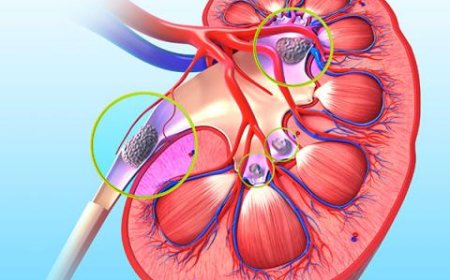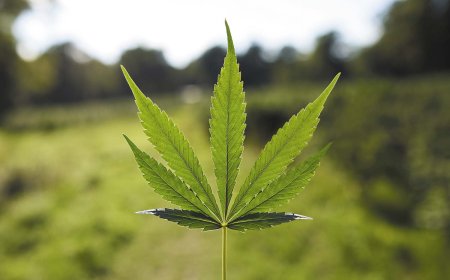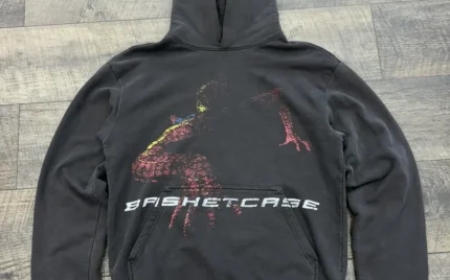The Weight of Inheritance: How Family Systems Shape the Way We Break and Heal

Some legacies are not passed down in heirlooms or names. They arrive in silence, in what isnt said at the dinner table, in the way love is shown with caution or withheld altogether. Woody GiessmannA Life of Recovery: Breaking the Chains of Addiction is, at its heart, about one such legacy. Its a story of a family system that never learned how to process painand of one mans lifelong effort to unlearn the lessons of emotional isolation.
Though the book speaks directly to addiction and recovery, it can be just as meaningfully read as a study of how families shape the emotional DNA of their children. Giessmann doesnt just tell the story of how he found sobrietyhe tells the story of how he came to understand his familys inability to speak about suffering and how that silence paved the way for grief, rage, self-destruction and, eventually, repair.
The story of his brother Brian runs throughout the book like a buried melody. Brian died by suicide at 19, a moment that shattered the fragile scaffolding of Giessmanns world and served as a starting point for his descent into addiction. But Brians death didnt come out of nowhere. The signs, Giessmann shows us, were always there. Not just in Brians behaviour but in the way their family dealt with discomfortby not dealing with it at all.
Theres a stark truth here that many readers will recognise. In families shaped by trauma or emotional neglect, children often become adaptation experts. They learn to read the emotional weather in a room. They learn which topics are off-limits. They learn how to survive by suppressing their own needs. Often, they carry these patterns into adulthood, where they replicate themselves in relationships, parenting, and addiction.
Giessmann doesnt diagnose his family, and he doesnt write with blame. Instead, he writes with deep curiosity. What happens to a boy when his role models cant express love in words? What happens when no one names the grief thats quietly shaping everyones behaviour? What happens when a family mistake is repeated enough times that it starts to feel like tradition?
The answers, of course, are complex. Giessmann describes his journey into music not just as a passion but as a refuge. Drumming became a way to regulate what he couldnt explain. It was movement, rhythm, and expression. And later, when substance use took over, the music kept playingthough eventually, even that wasnt enough to hold him together.
Theres a section later in the book where he talks about family systems theory in his work as an interventionist. He describes addiction as a family illnessnot metaphorically, but functionally. It shifts roles, enforces silence, and creates alliances and divisions. And unless those dynamics are addressed, even the best treatment plan wont stick. This framework is a crucial one, and Giessmann offers it with clarity and compassion.
He challenges the notion that fixing the addicted person is the goal. Instead, he asks families to look inward. Who has been carrying the emotional labour? Whos been the peacekeeper? Whos been trying to disappear? In doing so, he invites a more honest form of healingone that isnt just about sobriety but about changing the emotional script.
This perspective feels especially timely. In recent years, theres been growing awareness about generational trauma and how pain is transmitted through behaviour and belief systems. But awareness is only the beginning. Giessmanns book offers a glimpse into what it looks like to actually begin interrupting those patterns, not just for yourself but for your family and for the people who come after.
The emotional impact of A Life of Recovery doesnt come from dramatic reveals or tidy conclusions. It comes from the steady work of naming thingsgrief, fear, failure, shameand refusing to let them go unspoken. Giessmanns willingness to sit with discomfort, both his own and that of others, is what gives the book its quiet power.
What also stands out is how often he returns to questions rather than answers. He asks why his family never talked about Brians death. He asks what it means to be a man in a culture that discourages emotional vulnerability. He asks whether healing ever really ends or whether its something we practice over and over, like music.
This question-asking is part of what makes the book feel alive rather than conclusive. Giessmann isnt offering a perfect model for recovery. Hes showing what it means to keep returning to work, to keep choosing something different, even when the old habits still whisper.
And perhaps thats the most hopeful thing about the book. Not the recovery itself, but the way it makes room for all the messy things recovery includes: doubt, relapses in behaviour, grief that never really goes away, and moments of unexpected peace. Its not a straight line. Its a family linebent, tangled, stretching backward and forward in time.
What A Life of Recovery reminds us is that breaking the chains of addiction isnt just about ending substance use. Its about shifting the way we relate to ourselves and to one another. Its about making the invisible visible. Its about telling the truth in families that have built entire identities around silence.
And sometimes, its about saying what was never said. Not to change the past but to stop letting it speak for us.





































